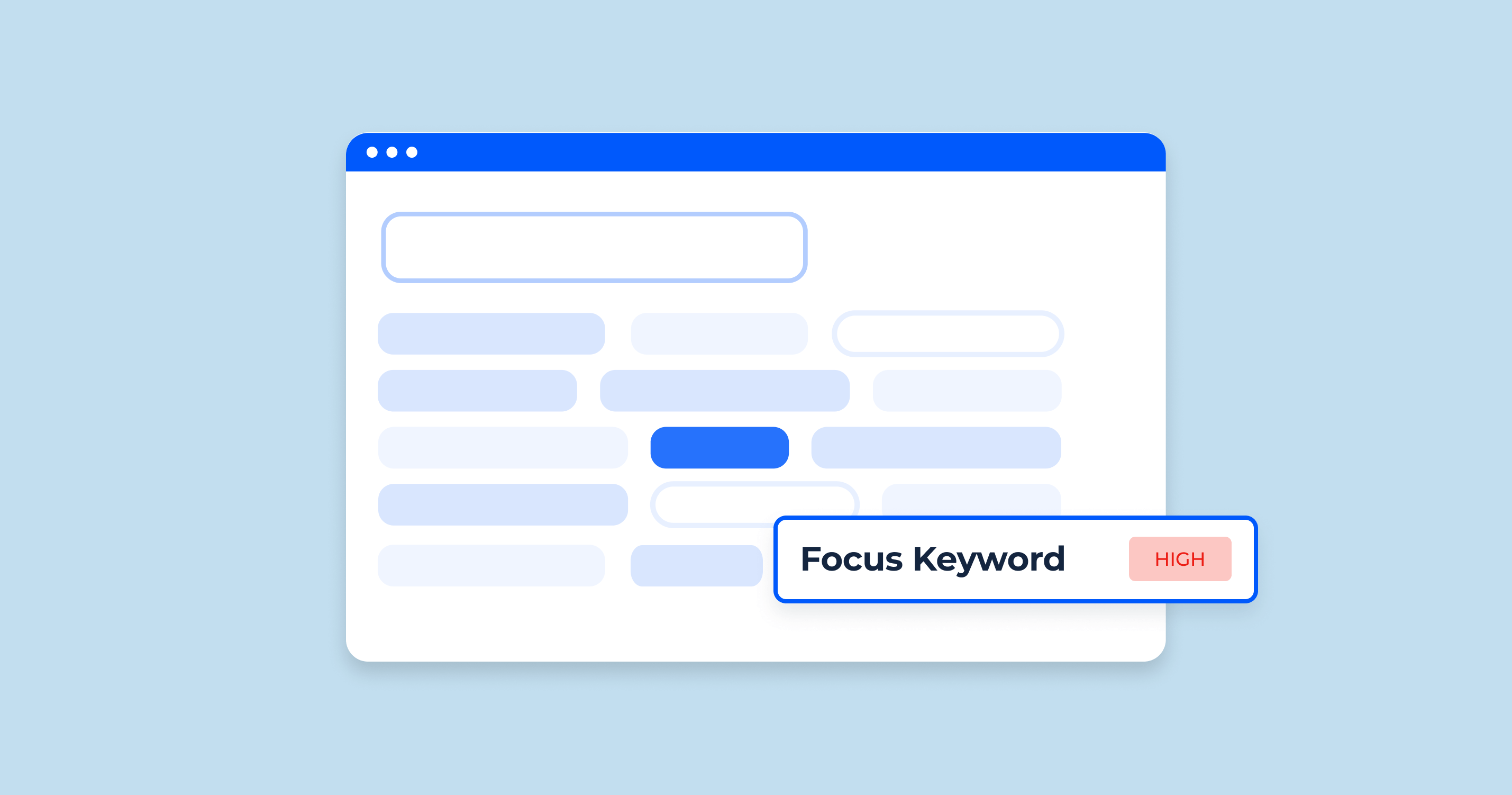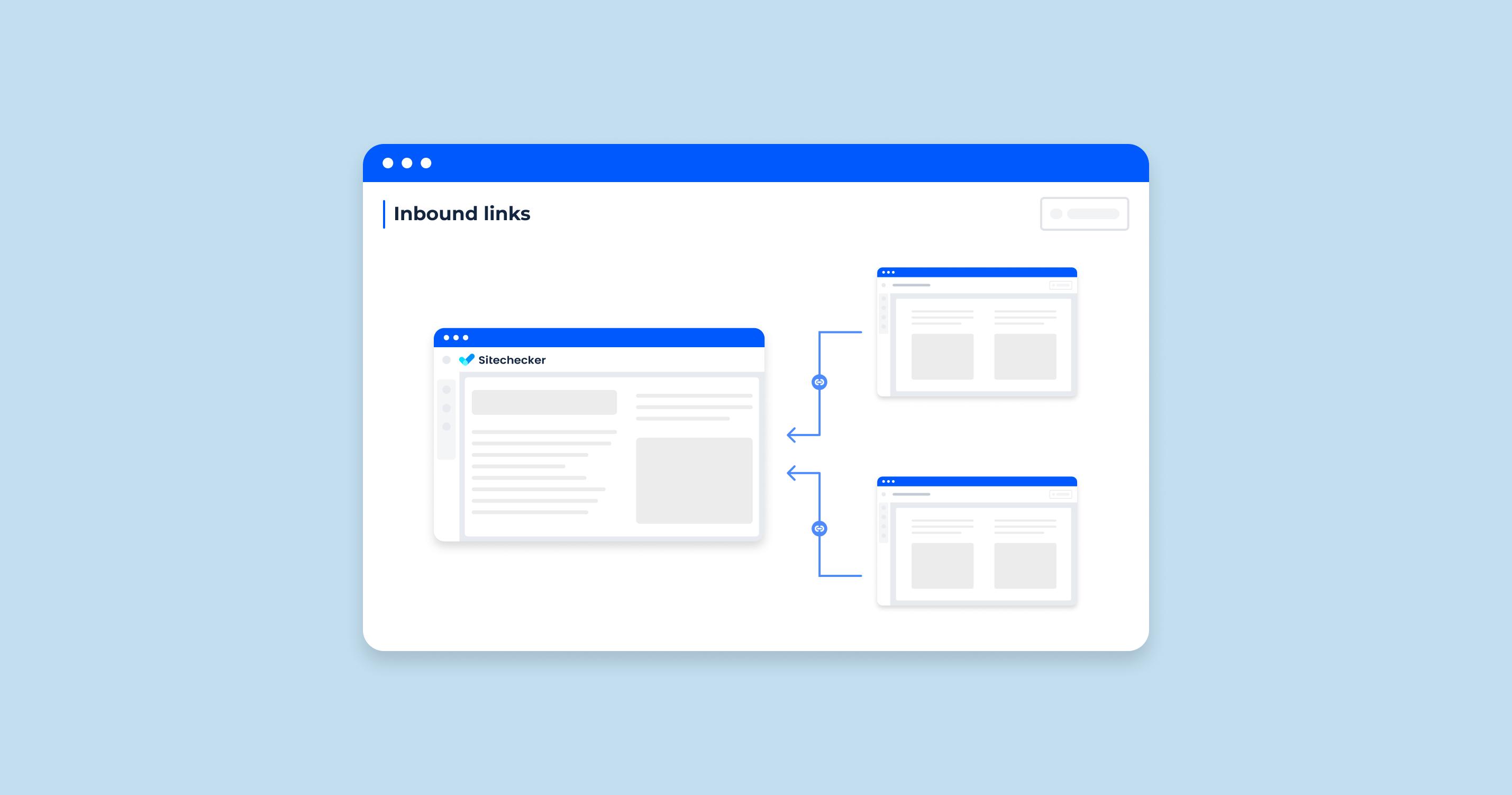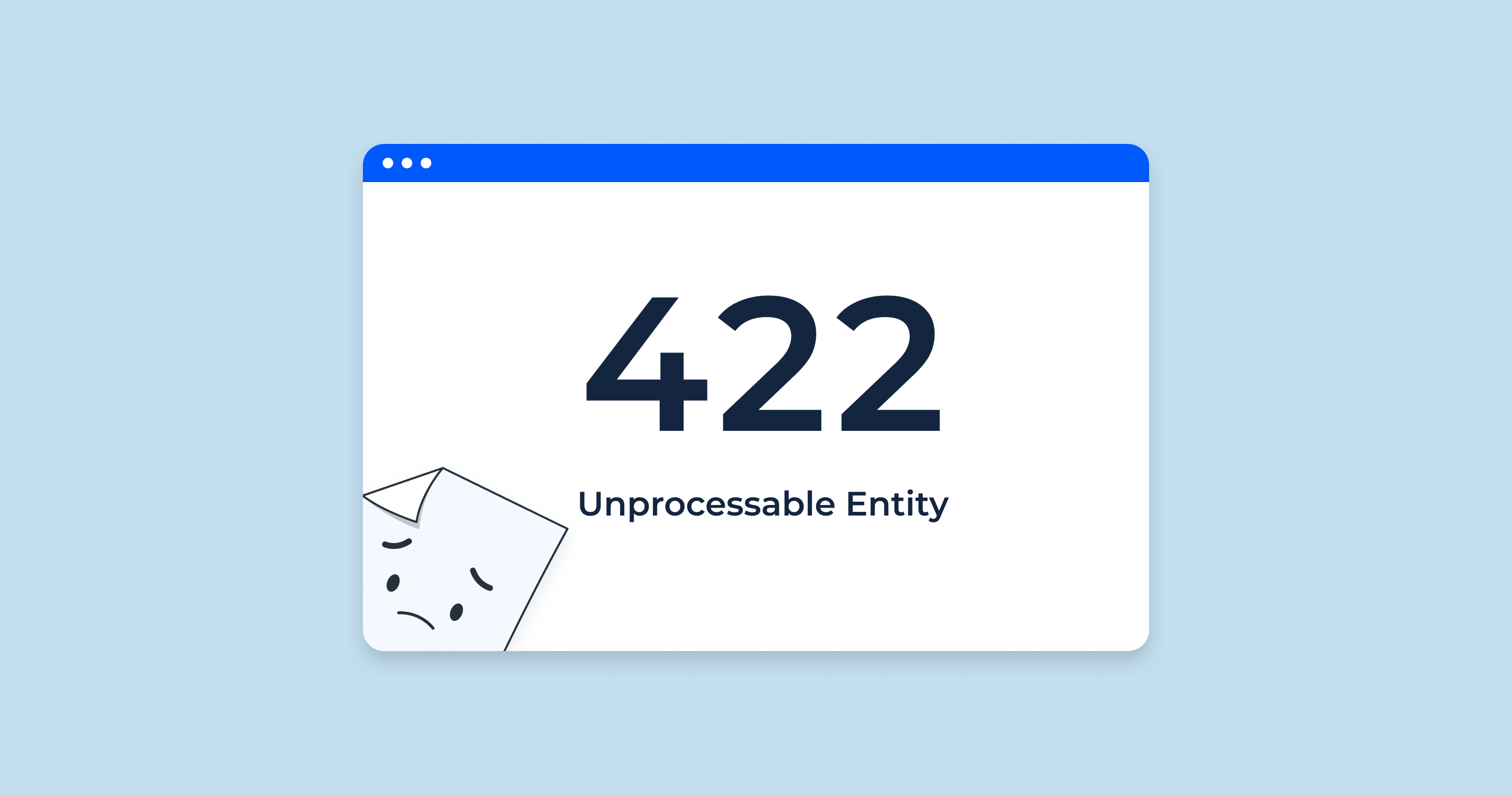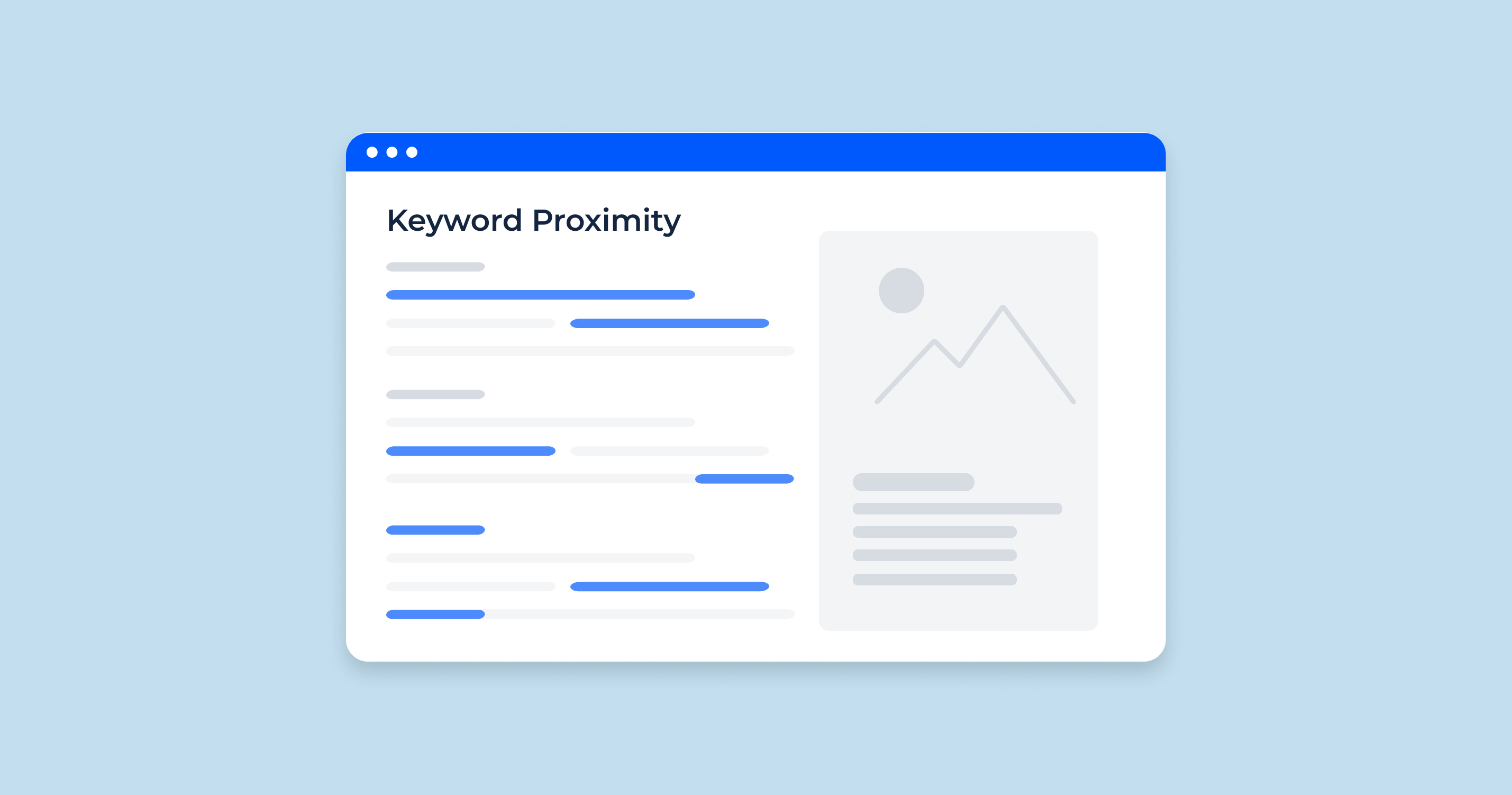What is a Focus Keyword?
A focus keyword, often referred to as a “target keyword” or “primary keyword”, is the main keyword or phrase for which you want a particular page or post on your website to rank in search engines. In simpler terms, when users type this keyword into a search engine, ideally, you’d want your page to appear among the top search results. This keyword acts as the cornerstone of your SEO (Search Engine Optimization) efforts for that particular content, guiding your on-page optimization strategies like meta tags, URL structure, and content density.
The choice of a focus keyword is crucial because it represents the primary topic or idea your content is built around. It gives direction to your writing, ensuring that you remain on topic, and helps search engines understand the main theme of your content. Properly optimizing for your best focus keyword, can increase the visibility of your content on search engine result pages (SERPs) and subsequently drive more organic traffic to your website.
Why Use a Focus Keyword?
| Clear SEO Direction | Using a focus keyword provides clarity and direction to your SEO efforts. When you’ve clearly defined a keyword, you can better tailor your content, meta descriptions, titles, and URLs to enhance your ranking potential for that specific term. |
| Improved Search Visibility | Optimizing content around a focus keyword improves its chances of ranking higher on SERPs. Higher rankings translate to more visibility, leading to increased organic traffic to your site. |
| Better User Experience | When your content is structured around a specific topic or keyword, it’s more likely to be coherent and organized. This enhances the reading experience for users as they can quickly understand and engage with the content. |
| Higher Conversion Rates | A well-optimized page that aligns with specific search queries can attract more targeted traffic. These are users actively searching for information or solutions that your content provides, leading to better engagement and potentially higher conversion rates. |
| Competitive Edge | By targeting specific keywords and optimizing your content around them, you stand a chance of outperforming competitors who might not be as meticulous in their SEO efforts. This can give you a competitive edge in terms of online visibility. |
| Measurable Results | With tools like Google Analytics and various SEO platforms, you can monitor how well your content is performing for your focus keyword. This provides insights into user engagement, traffic sources, and allows for continuous optimization based on real data. |
Using a focus keyword isn’t just about SEO; it’s about creating high-quality, targeted content that meets user intent and drives tangible results for your website.
Use a Long Tail for Your Focus Keyword
In the realm of search engine optimization (SEO), specificity often reigns supreme. One strategy that captures this essence is the use of long tail keywords. These are typically longer, more detailed keyword phrases that users input when they’re nearer to the point of purchase or when they’re employing voice search. Such keywords stand in contrast to broader, more generic terms and offer a suite of advantages for online content creators and marketers.
Long tail keywords are easy to rank for
The nuances and specificity of long tail keywords present certain benefits in the competitive landscape of search rankings:
- Decreased Competition: Due to their detailed nature, fewer websites target these exact phrases, meaning there’s less competition in the SERPs (Search Engine Results Pages) for these terms.
- Higher Relevance: Given their specificity, content tailored to long tail keywords often aligns more closely with user intent. As search engines prioritize delivering relevant content, pages optimized for these keywords often find it easier to rank.
- Initial Traction for Newer Websites: For emerging websites or those that haven’t built robust domain authority, targeting broad, competitive keywords can be daunting. Opting for long tail keywords can help these sites gain visibility and traction more quickly.
Long tail keywords deliver traffic that converts better
Despite their potential for lower search volume, the traffic garnered through long tail keywords tends to be of higher quality:
- Clear User Intent: A search for a specific term like “black leather office chair with armrests” reveals more about user intent than a generic “office chair.” The user likely knows what they want, which can lead to higher conversion rates.
- Closer to Point of Purchase: Searches using long tail keywords often indicate that users are further down the sales funnel. They’re not just browsing; they’re looking to make a decision.
- Targeted Content Equals Better Engagement: Content crafted around specific long tail keywords can closely match user queries, ensuring that visitors find exactly what they’re looking for. This match can lead to longer page visits, lower bounce rates, and higher chances of conversion.
Examples of long tail keywords
To illuminate the concept, here are some illustrative examples:
- Generic Keyword: “coffee machine”
- Long Tail Version: “stainless steel French press coffee machine for camping”
- Generic Keyword: “yoga classes”
- Long Tail Version: “beginner’s sunset yoga classes in San Diego”
- Generic Keyword: “running shoes”
- Long Tail Version: “women’s cushioned running shoes for marathons”
- Generic Keyword: “SEO tips”
- Long Tail Version: “SEO tips for small e-commerce websites in 2023”
These examples underscore the precision of long tail keywords. By weaving them into your content strategy, you stand a better chance of connecting with a targeted audience and driving meaningful conversions.
Google About Focus Keywords
John Mueller, a Webmaster Trends Analyst at Google, has spoken about focus keywords on Twitter on a number of occasions. He has generally advised against focusing too heavily on specific keywords, and instead to focus on creating high-quality content that is relevant to the topics that your target audience is interested in.
In one tweet, Mueller said:
In another tweet, he said:
Mueller’s advice is that if you focus on creating high-quality content that is relevant to your target audience, the keywords will take care of themselves. Google is able to understand the meaning of your content and rank it accordingly, so there is no need to stuff your content with keywords or to focus on a specific keyword density.
Of course, it is still important to do some keyword research to identify the topics that your target audience is interested in, but you should use this information to inform your content strategy, not to dictate it.
Here are some tips for using focus keywords effectively:
- Choose a focus keyword that is relevant to your target audience and the topic of your content.
- Use your focus keyword naturally throughout your content, but don’t overdo it.
- Use your focus keyword in your title, meta description, and headings.
- Make sure your content is comprehensive and informative, and that it provides value to your readers.
By following these tips, you can use focus keywords effectively to improve your SEO and reach a wider audience.
How to Choose the Right Focus Keyword
Choosing the right focus keyword is pivotal to the success of your SEO strategy. It’s the foundation upon which your content is built, determining its visibility in search engines and its ability to attract the right audience. Below are steps to help you pinpoint the perfect focus keyword for your content.
Start with seed words
Seed words, also known as root keywords, are the essence of your topic, serving as a launching pad for your keyword research. They’re typically broad and give a general idea of your content’s theme.
Steps:
- Brainstorm: Think about the main topic of your content. What are you trying to convey? Jot down words that encapsulate the essence of your topic.
- Use Your Audience’s Language: Think about the terms your target audience might use when discussing or searching for your topic. Often, there’s a gap between industry jargon and user language.
- Competitor Analysis: Review competitors’ websites and see what seed words they seem to be focusing on. This can provide a direction for your own keyword research.
Type your seed words into a keyword research tool
Once you’ve identified potential seed words, it’s time to dive deeper. Using keyword research tools can help you expand on these seed words, finding variations, related terms, and long tail keywords.
Steps:
- Enter Your Seed Word: Simply input your seed word into the research tool.
- Analyze the Results: Most tools will provide you with a list of related keywords, their search volume, competition level, and sometimes even the intent behind the search.
- Filter and Sort: Depending on your goals (high search volume, low competition, etc.), filter and sort the results to identify potential focus keywords.
By following these steps and utilizing the power of keyword research tools, you can ensure that your content is optimized for visibility, relevance, and user intent.
Keyword Suggestion Tool for SEO
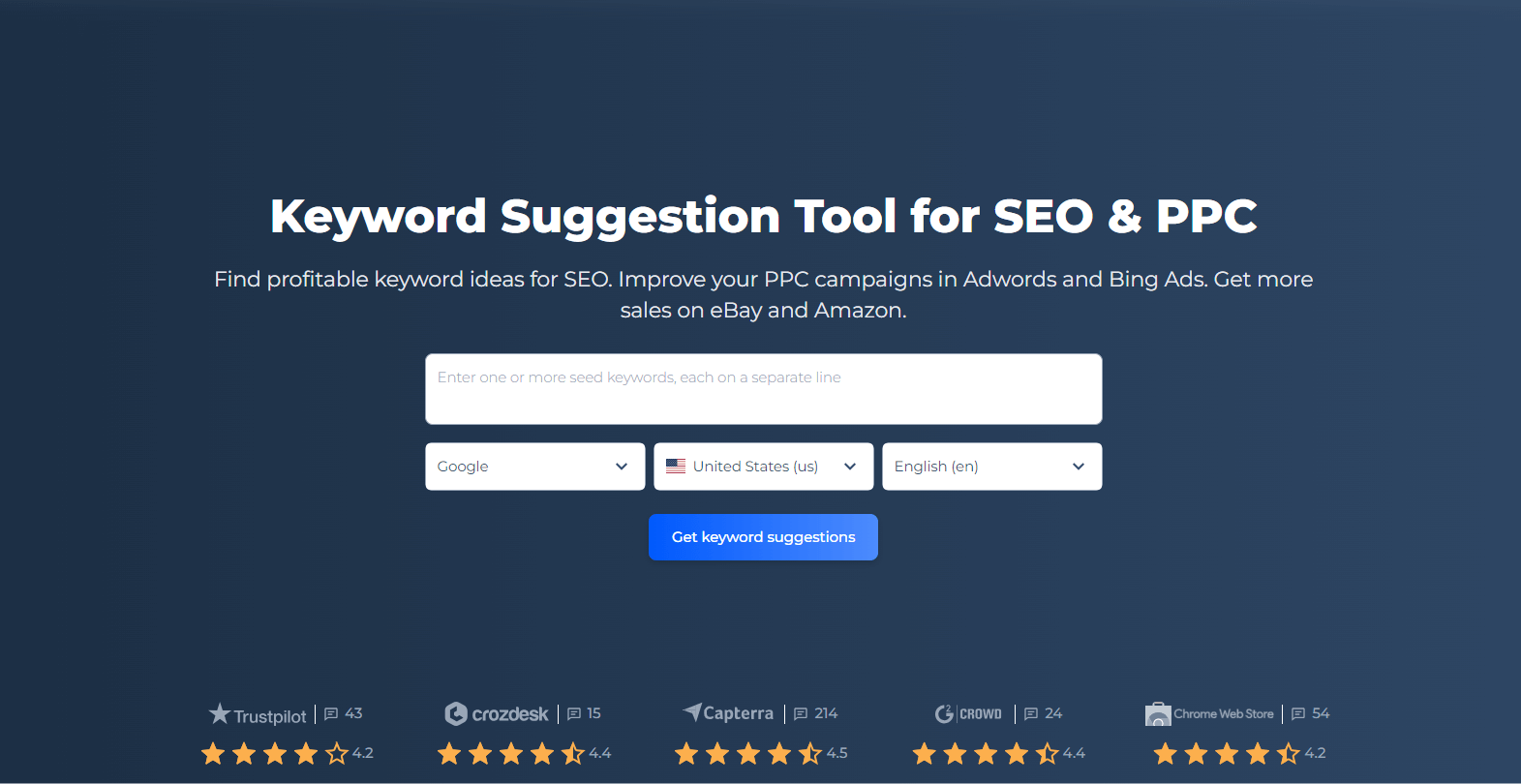
The Keyword Suggestion Tool by SiteChecker is a dynamic resource for both SEO and PPC strategists seeking to uncover valuable keywords central to their campaigns. With an intuitive interface, users can easily input a seed keyword and receive a wealth of related terms, each with detailed metrics on search volume, competition, and CPC. This tool is ideal for expanding keyword lists and discovering untapped opportunities that drive traffic and conversions.
Get Top Keyword Suggestions!
Start building more effective SEO and PPC strategies today.
1. Find a focus keyword people search for
To ensure your content reaches its intended audience, it’s essential to select a focus keyword that resonates with what people are actively searching for. By aligning secondary keywords in your content with popular search queries, you can boost its visibility and relevance.
Long-tail keywords
Definition: Long-tail keywords are specific multi-word phrases that are less commonly searched for than shorter, broader terms. Though they have lower search volume individually, their cumulative search volume is significant.
Benefits:
- Less Competitive: Fewer websites target specific long-tail keywords, making it easier to rank for them.
- High Conversion Rate: They often cater to users who have a clear intent, leading to higher conversion rates.
- Voice Search Friendly: As voice search becomes increasingly popular, long-tail keywords match the natural, conversational tone users adopt.
Tools that help you find long-tail and related keyphrases
Numerous tools are available that can assist in discovering long-tail keywords:
- Google’s “Searches related to”: At the bottom of Google’s search results, you’ll find suggestions related to your query. This is a goldmine for long-tail keyword ideas.
- Ubersuggest: A tool that offers keyword ideas based on what’s working for your competitors and what people are typing into search engines.
- Sitechecker: A comprehensive SEO tool that provides a treasure trove of long-tail keywords related to any primary keyword you input.
- AnswerThePublic: This visual keyword tool shows the questions people are asking about a specific topic, providing a plethora of long-tail keyword opportunities.
2. Check the search volume for your keyphrase

Search volume indicates how often a specific keyword or keyphrase is searched for in search engines. It’s a vital metric, as it gives an insight into the keyword’s popularity.
Monthly search volume
Monthly search volume provides data on how many times a keyword has been queried over a month. This can vary due to seasonality, industry trends, or current events. When choosing a focus keyword, aim for a balance between a decent search volume and manageable competition.
Add more than one keyphrase
Don’t restrict yourself to just one keyword:
- Diversify: By targeting multiple related keyphrases, you increase the avenues through which potential visitors can find your content.
- Fill Content Gaps: Multiple keywords allow you to address various facets of a topic, providing a comprehensive view.
- Boost Resilience: Depending on a single keyword can be risky. If its popularity wanes, your traffic might plummet. Diversifying protects against such downturns.
Check posts that already rank
Before finalizing your keyphrase, it’s beneficial to examine who already ranks for it:
- Analyze Competition: Knowing who you’re up against can help gauge the difficulty of ranking for that keyword.
- Identify Content Gaps: Examine the top-ranking pages to see what they might be missing. Addressing these gaps can give you a competitive edge.
- Quality Check: Ensure your content’s quality surpasses that of existing top-ranking pages. Google rewards quality and relevancy.
By following these strategies, you can choose a focus keyword that not only aligns with user intent but also positions your content for optimal visibility and engagement.
3. Google your proposed focus keyword!
Before fully committing to a focus keyword, it’s a wise strategy to run a simple Google search using it. This “reconnaissance mission” allows you to gain insights into the competitive landscape, user intent, and potential content gaps.
Check the search engine result pages (SERPs)
When you Google your proposed keyword, pay attention to the SERPs:
- Type of Content: Are the results blog posts, product pages, or FAQ sections? This can tell you about user intent.
- Ads: If there are numerous ads for the keyword, it indicates that it’s a commercially valuable term.
- Featured Snippets: If there’s a featured snippet (a block that appears above organic search results), consider how you might structure your content to earn that spot.
- Local Results: For location-specific queries, Google might show local business listings. If this is relevant to your content, ensure you’re optimizing for local SEO.
Content of the results pages
Delve deeper by clicking on the top results:
- Content Quality: Evaluate the depth, structure, and overall quality of the top-ranking pages. Aim to create content that’s superior in quality and relevance.
- Content Length: This can give you an idea of the depth users are looking for when searching for that keyword.
- Multimedia Elements: Notice if the top pages use videos, infographics, or images to complement their content. Visual elements can enhance user engagement.
- User Interaction: Check the comments section (if available) to gauge user interaction and gather potential questions or concerns that your content could address.
Check out social media and forums
Beyond Google, other platforms can offer insights into your search term or focus keyword:
- Facebook/LinkedIn Groups: Join groups related to your niche and observe the discussions around your keyword.
- Twitter: Use the search function to see real-time conversations about your keyword.
- Reddit: Subreddits (topic-specific boards) can be goldmines for understanding user questions, concerns, and discussions around your keyword.
- Quora: This Q&A platform can help you identify common questions people have related to your keyword.
These platforms provide a pulse on what your target audience is discussing, questioning, or concerned about regarding your focus keyword. Incorporating these insights can make your content more resonant and valuable.
In conclusion, by Google-searching your proposed focus keyword and examining both the SERPs and related discussions on social media and forums, you can position your content to be more in line with user intent and the competitive landscape.
How to Write Articles Around SEO Focus Keywords
Crafting content around SEO focus keywords is more than just sprinkling the terms throughout your article. It’s about creating value-driven, user-centric content that answers the search intent behind those multiple focus keywords themselves. Here’s a comprehensive guide to writing articles that not only integrate SEO keywords effectively but also resonate with readers.
Understand the User Intent
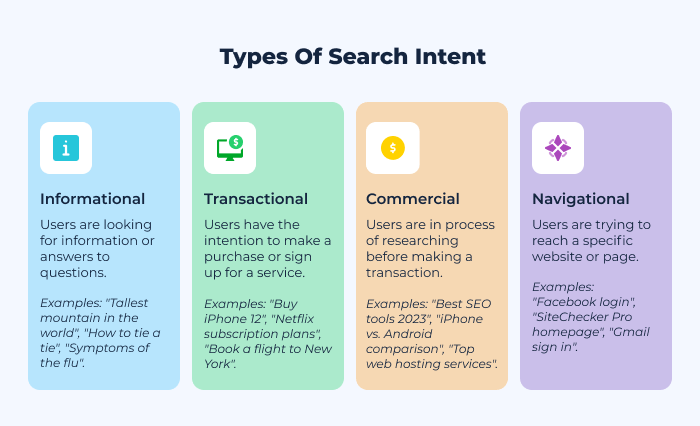
Before you start writing, put yourself in the reader’s shoes:
- Informational Intent: Is the user seeking knowledge on a particular topic?
- Navigational Intent: Is the user trying to reach a specific website or page?
- Transactional Intent: Is the user looking to make a purchase or use a service?
- Commercial Investigation: Is the user comparing products or services before making a decision?
By understanding the intent behind your focus keyword, you can structure your content to answer the user’s underlying questions and needs.
Integrate Keywords Naturally
- Title: Your focus keyword should appear in the title of your article. This signals to both search engines and users what the main topic of the content is.
- Introduction: Mention the keyword early in the article, preferably within the first 100 words. This reiterates the topic to readers and search engines.
- Body: Use the keyword naturally throughout the content. Avoid keyword stuffing, as it can harm readability and SEO.
- Subheadings: Including the keyword in subheadings can emphasize its importance and improve SEO.
Use LSI Keywords
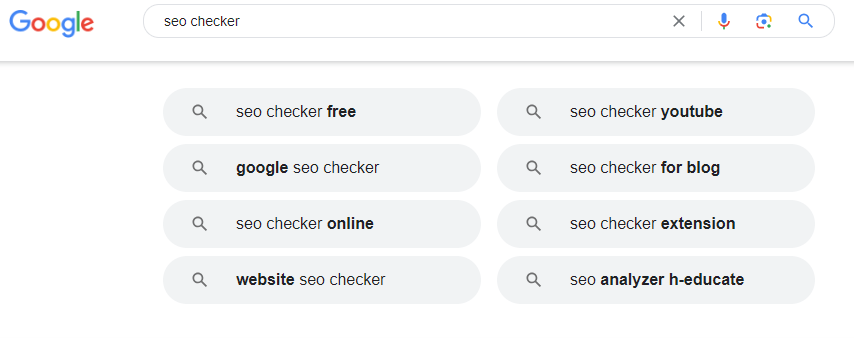
Latent Semantic Indexing (LSI) keywords are terms related to your main keyword. They help search engines understand the context of your content. Integrate LSI keywords to enrich your content and cater to diverse user queries.
Create In-depth, Value-driven Content
- Answer the Main Question: Address the primary query related to your focus keyword comprehensively.
- Expand with Subtopics: Delve into related subtopics to provide a holistic view.
- Use Authentic Sources: Back your claims with credible sources, linking out to authoritative sites when necessary.
- Engage with Visuals: Use images, infographics, and videos to illustrate points and engage readers.
Optimize for On-Page SEO
- Meta Descriptions: Write compelling meta descriptions incorporating your keyword. This can influence click-through rates from search results.
- URL Structure: Ensure the URL of your article is SEO-friendly, with the focus keyword present.
- Image Optimization: Use ALT tags with your focus keyword for images. This aids in image search optimization.
- Internal Linking: Link to other relevant articles on your site, which can keep users engaged longer.
Encourage Engagement
- End with a CTA: Conclude your article with a call-to-action, encouraging readers to comment, share, or read related content.
- Engage in Comments: Responding to comments can foster community and increase the time users spend on your page.
Writing articles around SEO focus keywords requires a balance between catering to search engines and providing genuine value to readers. By understanding user intent, incorporating relevant keywords seamlessly, and creating comprehensive, well-researched content, you can craft articles that rank well and resonate with your audience.
How to Optimise for a Focus Keyword
Optimizing for a focus keyword involves more than just placing the keyword in prominent positions. It’s about creating a holistic SEO strategy that encompasses various elements of your content, ensuring both visibility in search engines and relevance to users. Here’s how you can optimize your content for a focus keyword:
Use Variations of Your Focus Keyword
Using only one form of your focus keyword can seem repetitive and artificial. Including variations can improve the natural flow of content and cover a wider range of potential search queries.
- Synonyms: If your focus keyword is “running shoes,” consider using synonyms like “sneakers” or “trainers.”
- Plurals and Singulars: Incorporate both plural and singular forms of your keyword to capture diverse search intents.
- Different Word Orders: For example, “best running shoes” can also be presented as “running shoes best” in some contexts.
- Semantic Keywords: Use related terms that aren’t direct synonyms but relate contextually. For “running shoes,” this might include “foot support,” “marathon,” or “athletic footwear.”
Place Your Focus Keyword in Strategic Locations
- Title Tag: This is one of the most crucial places for your keyword. It not only informs search engines about the page’s topic but also entices users to click.
- Meta Description: While not a direct ranking factor, a compelling meta description with the focus keyword can improve click-through rates.
- URL: A clean, keyword-rich URL can enhance user experience and offer a slight SEO advantage.
- Image ALT Text: Descriptive ALT text helps search engines understand the context of images. Including your focus keyword here can aid in image search rankings.
Avoid Keyword Stuffing
Incorporating your focus keyword naturally is crucial. Overloading your content with the keyword (known as keyword stuffing) can harm readability and may lead to search engine penalties.
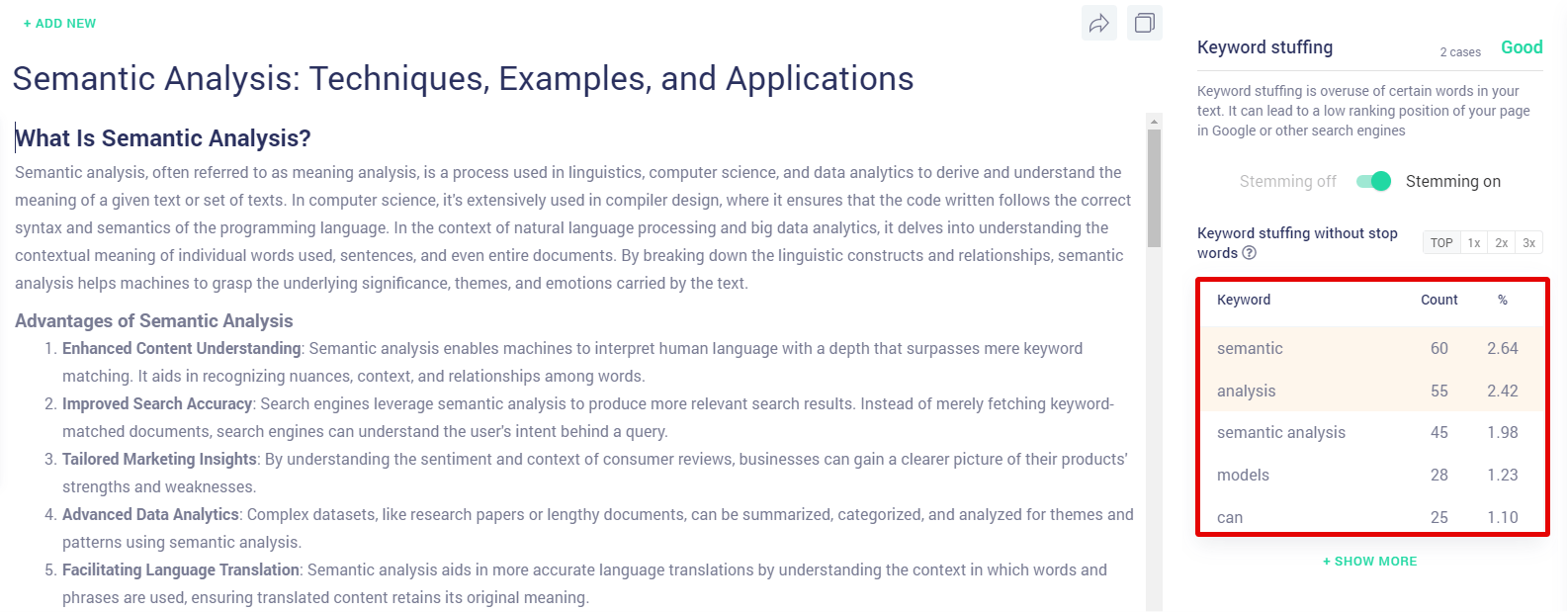
Incorporate the Focus Keyword in Anchor Text
When linking internally or externally, using the focus keyword or its variations in the anchor text can highlight the relevance of the linked content.
Optimize Content Length and Depth
Ensure your content length matches the depth required for the topic. Comprehensive, in-depth content around a focus keyword can position your page as a valuable resource, potentially improving rankings.
Keep Content Fresh and Updated
Regularly update your content, especially if the focus keyword pertains to topics that evolve over time. This can keep your page relevant and improve its authority on the topic.
Monitor Keyword Performance
Regularly track how your content performs for the focus keyword. Use tools like Google Analytics and Google Search Console to monitor traffic, rankings, and user engagement. Adjust your optimization strategies based on this data.
In conclusion, optimizing for a focus keyword is a multifaceted process. By incorporating variations, placing the focus keyword examples strategically, ensuring content quality, and monitoring performance, you can effectively optimize your content to cater to both search engines and users.
How to Get Your New Blog Post Indexed by Google
Once you’ve crafted a stellar blog post, the next step is to ensure it’s discoverable by search engines, primarily Google. Having your post indexed means it’s added to Google’s vast database and can appear in search results. Here’s a guide on how to accelerate the indexing process and make sure your new blog post gets the visibility it deserves.
Submit Your URL Directly to Google
One of the most straightforward ways to alert Google to your new content is by submitting the URL directly:
-
Google Search Console: If you haven’t already, set up Google Search Console for your website. Once set up, use the “URL Inspection” tool to submit your new post’s URL. After entering the URL, click on the “Request Indexing” option.
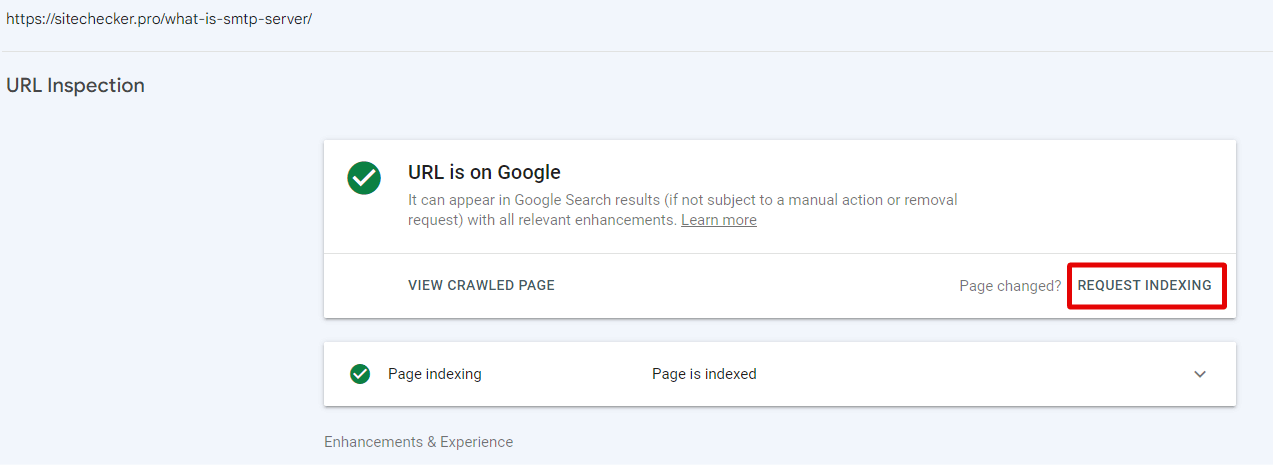
Create and Update Your Sitemap
A sitemap is a roadmap of your website that leads search engines to all your important pages.
- Generate a Sitemap: Tools like Yoast SEO, All in One SEO Pack, or online sitemap generators can help create one for your website.
- Submit Your Sitemap to Google Search Console: In Google Search Console, go to “Sitemaps” and submit the URL of your sitemap. This helps Google discover new posts faster.
Internal Linking
- Connect New Content with Existing Content: Add links to your new post from older, related articles on your site. This not only improves the user experience but also helps search engine bots find and index your new content.
- Ensure a Logical Site Structure: Having a clear hierarchy and structure on your site facilitates easier navigation for search bots.
Share Your Post on Social Media
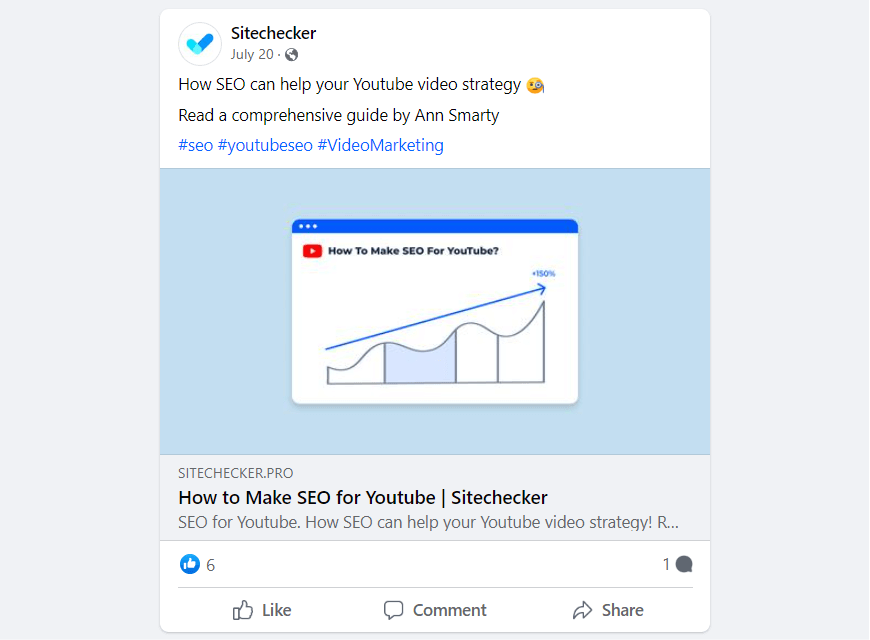
Google bots crawl social media platforms, so sharing your post on Twitter, Facebook, LinkedIn, and other networks can expedite the indexing process.
Use Fetch as Google
Within Google Search Console, the “Fetch as Google” tool lets you see how Googlebot views your page. After fetching, you can then request indexing for the fetched URL.
Build High-Quality Backlinks
While this is a longer-term strategy, backlinks play a crucial role in indexing:
- Guest Posting: Write for reputable sites in your niche and link back to your post.
- Engage in Relevant Forums: Share your knowledge (and links) on platforms like Quora, Reddit, or industry-specific forums.
- Collaborate with Influencers: Work with influencers in your niche to share or link to your content.
Ensure Your Robots.txt File Doesn’t Block Google
Your robots.txt file gives instructions to search engine bots about which pages to crawl or not. Ensure it’s correctly set up to allow Google to access your new post.
Speed Up Your Website
A faster website can improve user experience and also make it easier for Googlebots to crawl:
- Optimize Images: Use tools like TinyPNG or Compressor.io.
- Leverage Browser Caching: Tools and plugins can help store parts of your site so they only need to be loaded once for return visitors.
- Minimize HTTP Requests: Reduce the number of elements loaded when someone visits your site.
Getting your new blog post indexed by Google involves a blend of direct communication with the search engine and optimizing various aspects of your site and content. By following these steps, you’ll increase the likelihood of your content being discovered and ranked by Google, boosting its visibility and reach.
Conclusion
Ensuring that your blog post is indexed by Google is paramount for visibility in today’s digital landscape. It’s not just about creating quality content; it’s about making that content discoverable. By actively engaging with tools like Google Search Console, prioritizing internal linking, and leveraging the power of social media and backlinks, you can significantly improve the chances of your post being found by your target audience. Remember, in the vast digital ocean, every post is like a beacon. By ensuring it’s indexed, you’re turning on that beacon for those navigating the waters of the web, guiding them directly to your content.
